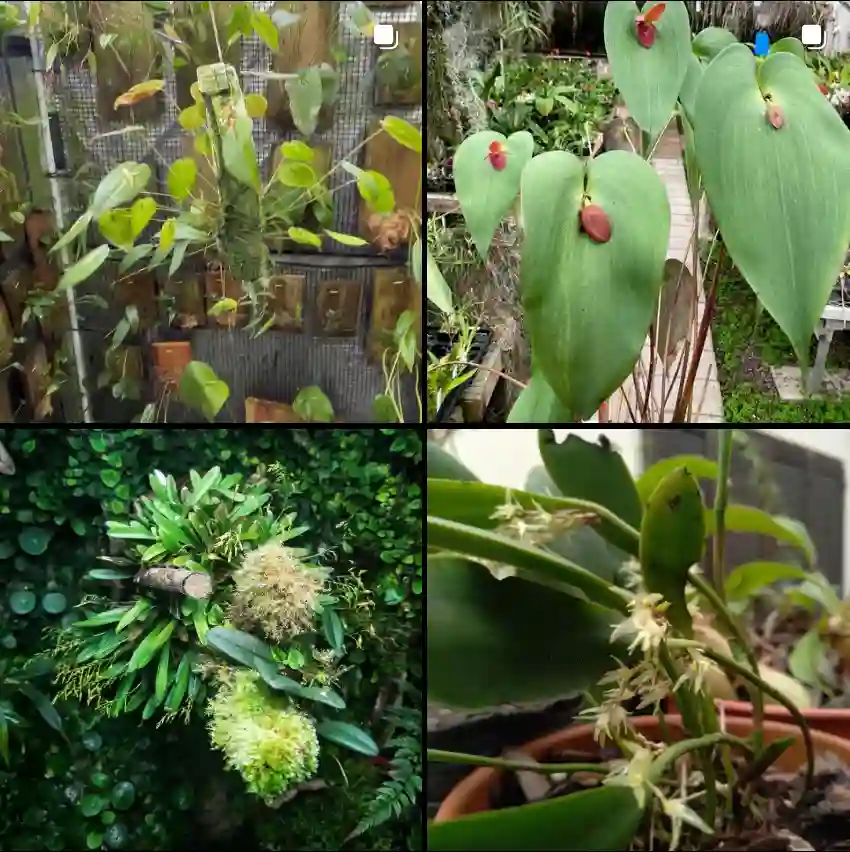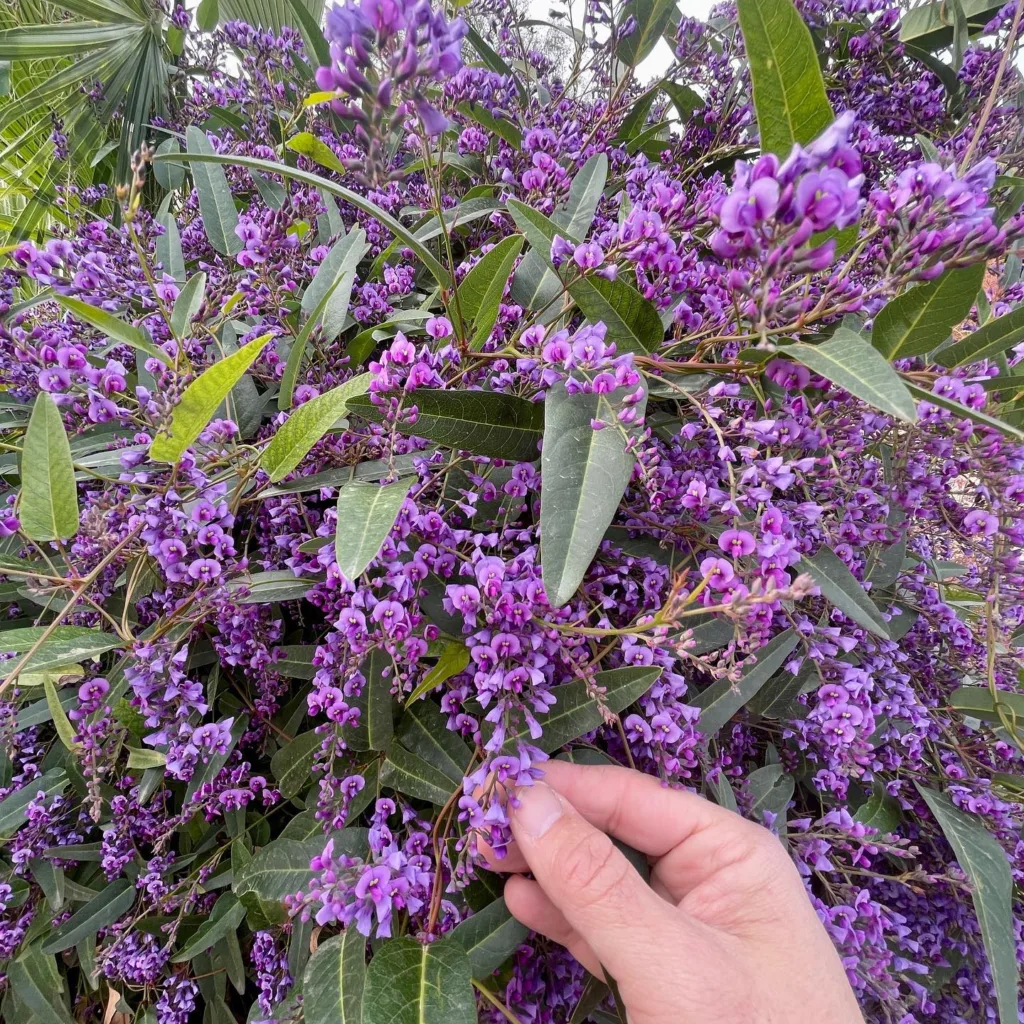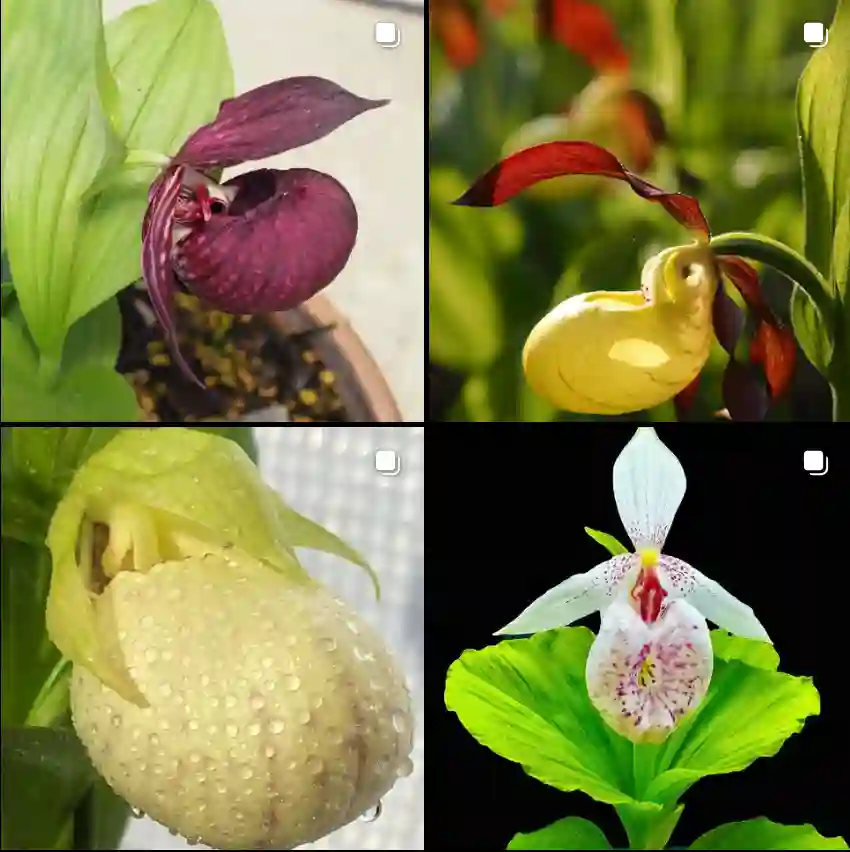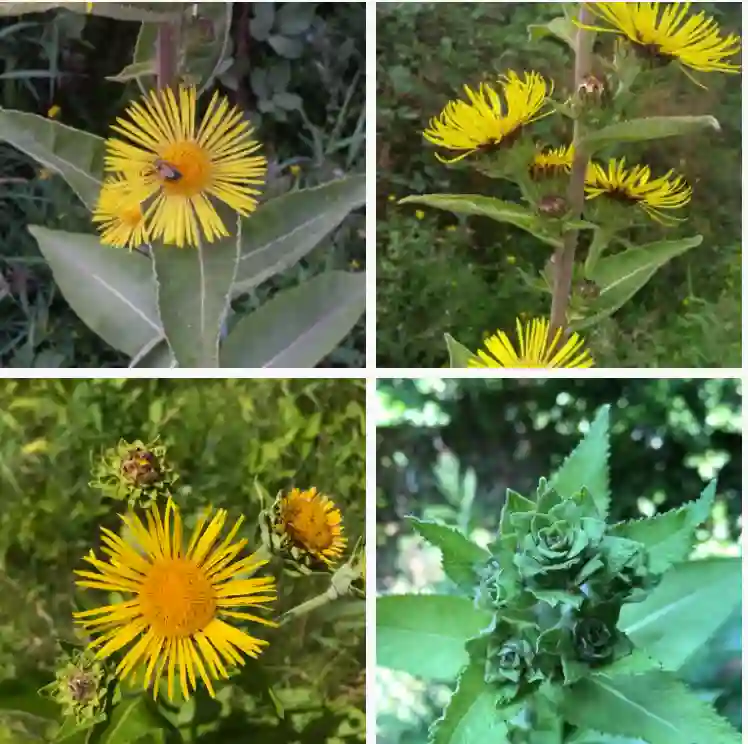Discovering the Fascinating Crypteroniaceae Family
As an avid plant enthusiast, I have always been intrigued by the diverse families of flowering plants. Among them, the Crypteroniaceae family captures my attention for its unique characteristics and lesser-known genera. This family, primarily found in tropical regions, includes three notable genera: Axinandra, Crypteronia, and Dactylocladus. Each of these brings its own charm and features to the table, making them worthy of exploration.
The Essence of Crypteroniaceae
The Crypteroniaceae family is fascinating not just for its unique species but also for its evolutionary significance. These plants belong to the order Malpighiales, which encompasses a range of flowering plants known for their diverse forms and functions. This family is mainly distributed in tropical Asia, specifically in areas like Malaysia and Indonesia.
The family’s plants often grow in humid, tropical rainforests, which makes them well-adapted to a lush environment. The Crypteroniaceae family stands out due to its distinct reproductive features, particularly the unique structure of its flowers. This is a key aspect that piqued my interest.
Exploring the Genera
Axinandra
Axinandra is a genus that embodies the elegance of the Crypteroniaceae family. Characterized by its attractive foliage and intricate flowers, it thrives in tropical climates. I find the leaves of Axinandra to be particularly appealing; they are glossy and deep green, adding a vibrant touch to the forest understory.
The flowers of Axinandra are typically small but striking, often featuring unique shapes and colors. When I first encountered an Axinandra plant, I was captivated by the subtle beauty of its blooms. Each flower is a testament to the complexity of plant evolution, showcasing how species adapt to their environment for pollination and reproduction.
Crypteronia
Next in line is the genus Crypteronia, which is perhaps the most recognized within the family. I appreciate Crypteronia for its ecological role and beautiful appearance. This genus is well-known for its large, leathery leaves and clusters of showy flowers, which attract various pollinators.
What I find particularly fascinating about Crypteronia is its growth habit. These plants can grow as small trees or shrubs, often dominating the forest canopy. The thick leaves serve a dual purpose: they help in water conservation and provide a habitat for various insects and other organisms.
The flowers are another highlight. They usually bloom in vibrant colors, making them stand out against the deep greens of the rainforest. The sight of a flowering Crypteronia is a spectacle that I always look forward to when exploring tropical habitats.
Dactylocladus
Lastly, we have Dactylocladus, a genus that offers a different perspective on the Crypteroniaceae family. I have come to appreciate Dactylocladus for its unique growth form. Unlike the more upright genera, Dactylocladus plants often exhibit a climbing or scrambling growth pattern, which allows them to navigate through dense forest undergrowth.
The leaves of Dactylocladus are also noteworthy. They tend to be slender and elongated, adapting well to the light conditions found in their native habitats. When I observe a Dactylocladus plant, I am reminded of the resilience and adaptability of nature.
The flowers of Dactylocladus, although less showy than those of Crypteronia, have their own charm. They often grow in clusters, creating a delicate and subtle display. This understated beauty is a wonderful reminder that not all plants need to be flamboyant to be captivating.
Conservation and Importance
The Crypteroniaceae family is not only fascinating due to its unique genera but also for its ecological importance. These plants contribute significantly to their ecosystems, providing food and habitat for various species. Their flowers attract pollinators, while their leaves offer shelter for insects and other small organisms.
However, like many tropical plants, members of the Crypteroniaceae family face threats from habitat destruction and climate change. Conservation efforts are crucial to preserve these beautiful plants and their ecosystems. It’s important to raise awareness about the significance of protecting biodiversity and ensuring that future generations can appreciate the wonders of nature.
Conclusion
The Crypteroniaceae family, with its unique genera Axinandra, Crypteronia, and Dactylocladus, offers a glimpse into the rich diversity of the plant kingdom. My journey into understanding this family has deepened my appreciation for the complexities of nature. Each genus presents distinct characteristics, adaptations, and ecological roles that contribute to the health of tropical ecosystems.
As I continue to explore the world of plants, I am reminded of the importance of conservation and the need to protect these magnificent species. The Crypteroniaceae family serves as a beautiful example of how diverse and essential our natural world is. If you ever find yourself in a tropical rainforest, I encourage you to seek out these fascinating plants and appreciate the beauty they bring to their ecosystems.
If i die, water my plants!



